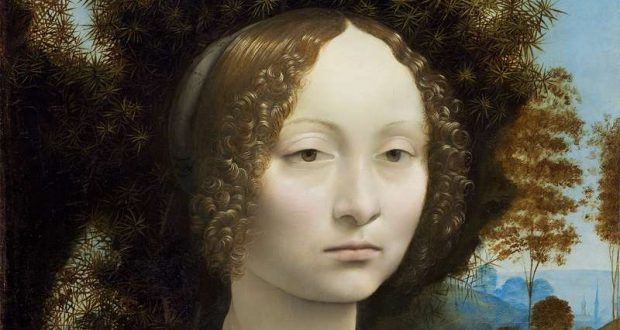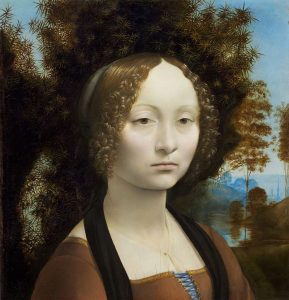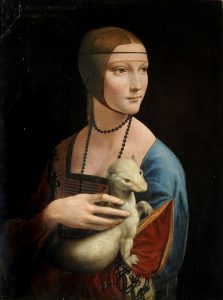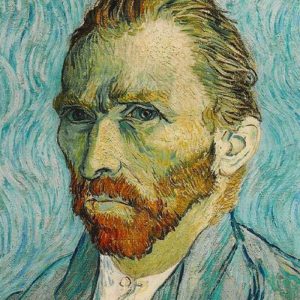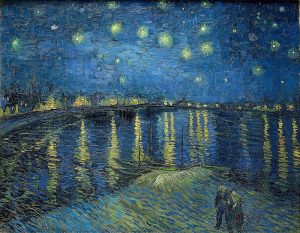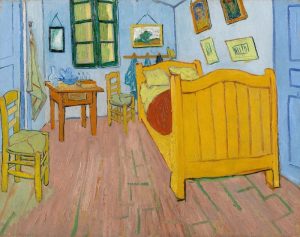By Sal Maccarone
Technique, a French word, is loosely defined as “a procedure that is used to accomplish a task.” Now used as a noun, the word can apply to procedures specific to any profession, trade, or even to the many things that we all do in life. There is technique employed while cooking, driving, mountain climbing, bowling, and even while raking leaves.
There is a big difference between technique and style where artwork is concerned. Technique is the means by which one arrives at an end. Style is much more personal because it is unique to an individual. In other words, technique can be taught, but style must be discovered.
The work of Leonardo da Vinci gives us a wonderful example of both technique and style. Among many other things, this old master invented a technique now known as “Sfumato,” (Italian meaning smoky). Simply put, his technique used a very subtle blending of tone to obscure any sharp edges or lines in a painting. He would paint a base color, (an under painting), in neutral browns or grays, next he would apply many transparent glazes in layers on top of the under painting. In doing so he skillfully blended one form into another thereby portraying an amazing realism, especially with his human subjects. In his painting titled, “Lady with an Ermine,” her face and smile were achieved by this technique, and it is so perfect that his unique style has us wondering just what was so amusing to her 500 years ago. Whereas the facial expression in another of his paintings, “Ginevra de’ Benci,” leaves us wondering what his subject was so disgusted about.
On the other hand, Vincent van Gogh used heavy brush strokes while painting with striking, bold colors. To him the colors had personal meaning, and he used them to express his emotions. Along with the bold colors he would sometimes intentionally warp lines. This contributes to a feeling of motion in his work. These things of course were all a part of his own uninhibited style. As both impressionistic and expressionistic, his work is now considered as foundational to the modern art movement.
Paintings like his “Bedroom in Arles” and “Starry Night Over the Rhone,” which were both painted while he was in a mental hospital, leave one with a definite feeling of his mood and personal view of the world. Although he only sold two paintings during his short lifetime, (both to his brother), Vincent van Gogh’s few existing works are now among the most valuable in the world. For example, “Starry Night” is hovering at close to half a billion dollars. While Van Gogh was a prolific painter, not realizing how famous her son would someday be, Vincent’s mother destroyed close to 200 of his paintings shortly after his death in 1890.
Sal Maccarone

